-
Mysterious object spotted in our galaxy is emitting X-rays and radio waves, astronomers say
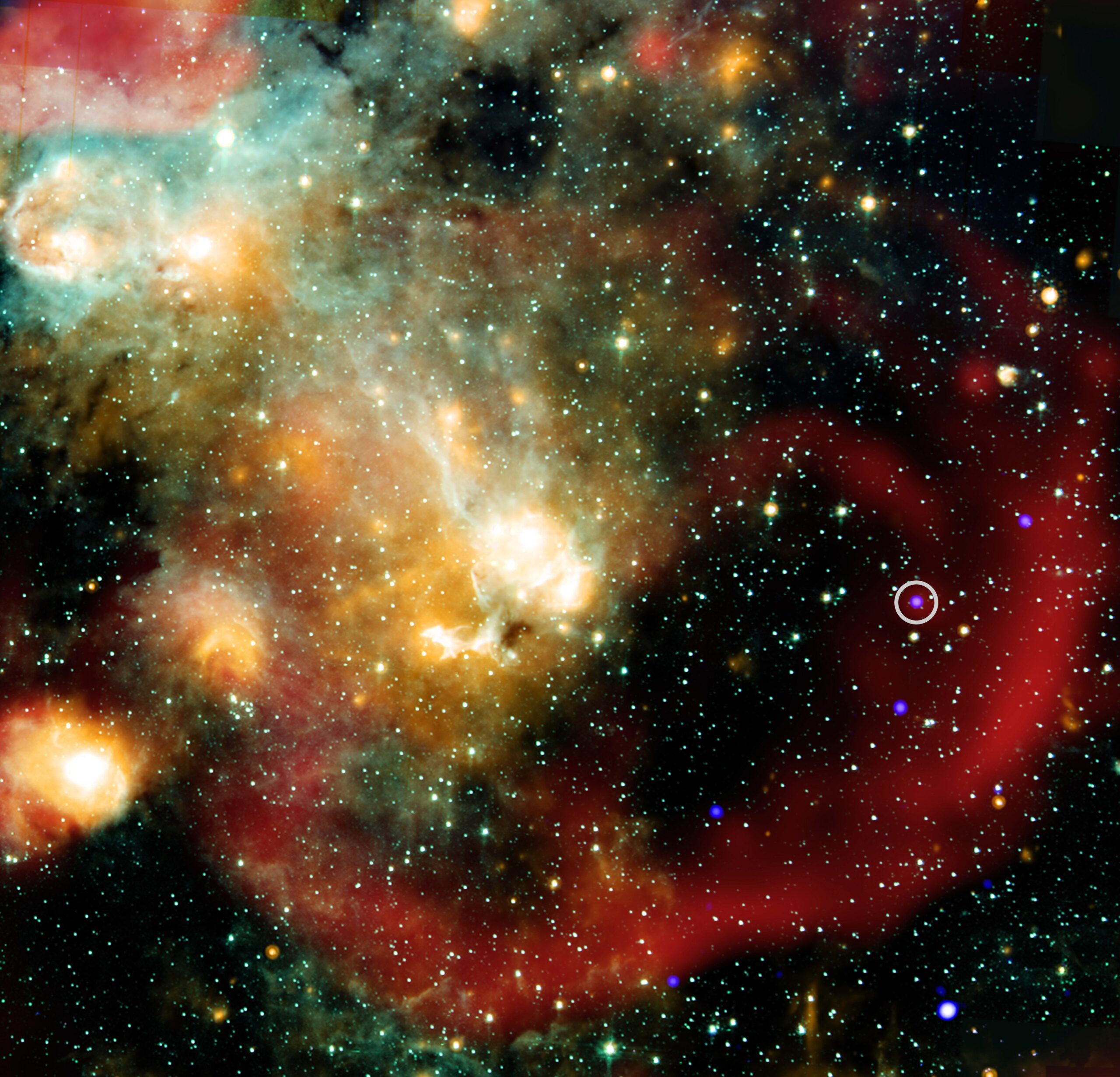
Astronomers have discovered a strange new object in our Milky Way. An international team reported Wednesday that this celestial object — perhaps a star, pair of stars or something else entirely — is emitting X-rays around the same time it’s shooting out radio waves. What’s more, the cycle repeats every 44 minutes, at least during periods…
-
Astronomers spot bright flashes from a mysterious new class of cosmic object
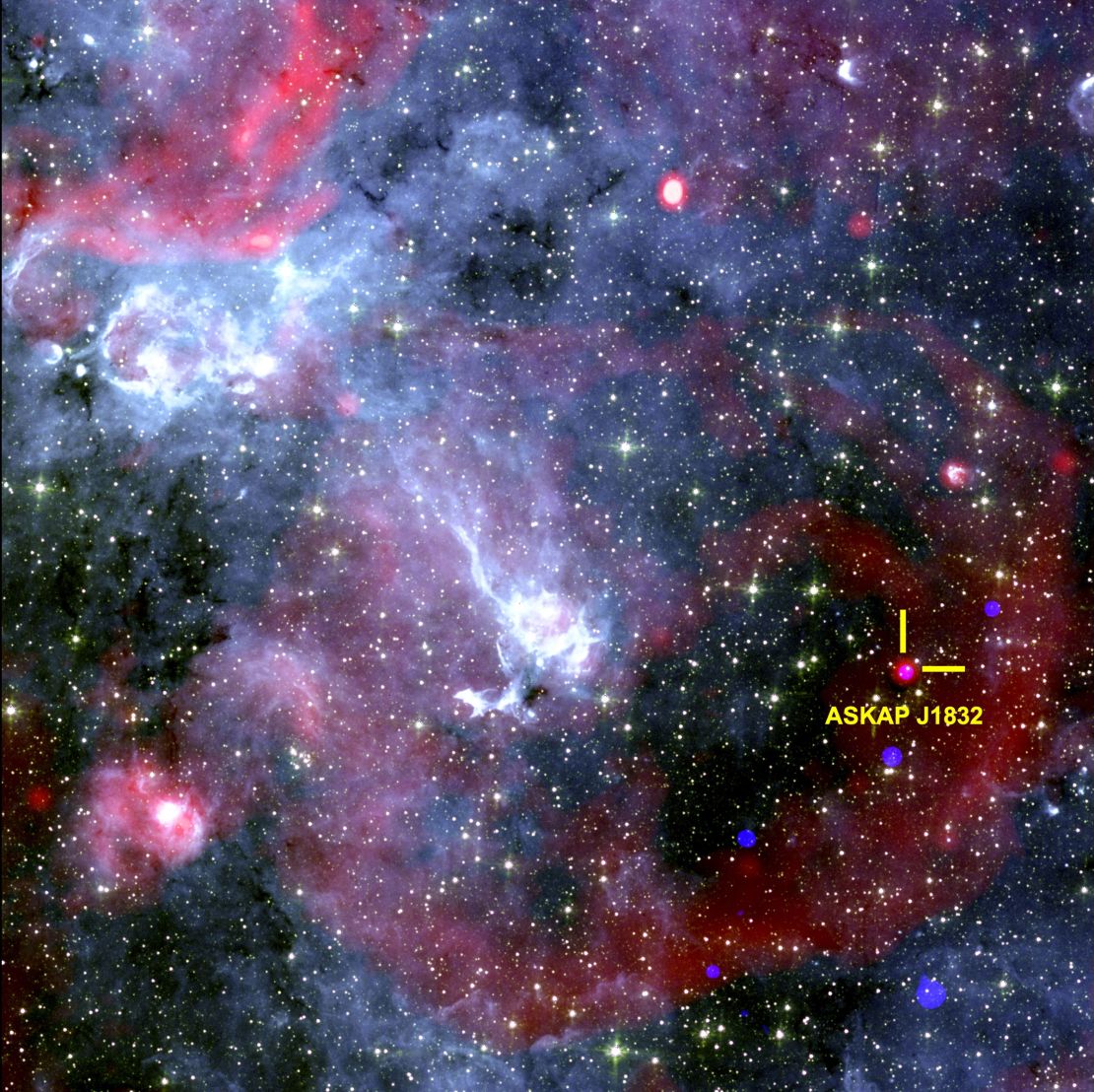
Sign up for CNN’s Wonder Theory science newsletter. Explore the universe with news on fascinating discoveries, scientific advancements and more. CNN — Astronomers have detected an astonishing celestial object emitting bright flashes of radio waves and X-rays that last for two minutes and repeat every 44 minutes. In a fresh twist, the discovery marks the first…
-
‘Unlike anything we have seen before’: Astronomers discover mysterious object firing strange signals at Earth every 44 minutes

Astronomers have discovered a mysterious object flashing strange signals from deep space, and they have no idea what it is. The object, named ASKAP J1832-0911, spits out pulses of radio waves and X-rays for two minutes straight, once every 44 minutes. Detected by Australian Square Kilometre Array Pathfinder (ASKAP) and NASA’s Chandra X-ray observatory, the…
-
Astronomers discover mystery cosmic body bursting with X-rays: ‘This object is unlike anything we have seen before’
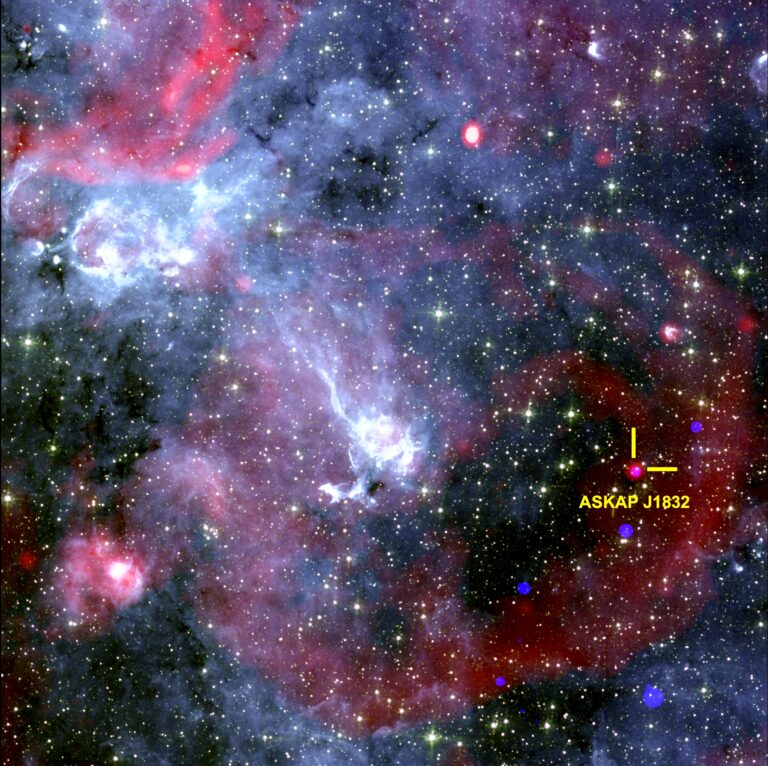
One of the strangest cosmic objects ever seen just got even weirder — NASA’s Chandra X-ray telescope caught it blasting out X-ray radiation and radio waves. The mystery object, known as ASKAP J1832- 0911, is located within the Milky Way about 15,000 light-years away from Earth. It’s now known to flash in both radio waves…
-
How to watch the 2025 Humans to the Moon & Mars Summit May 28 and 29
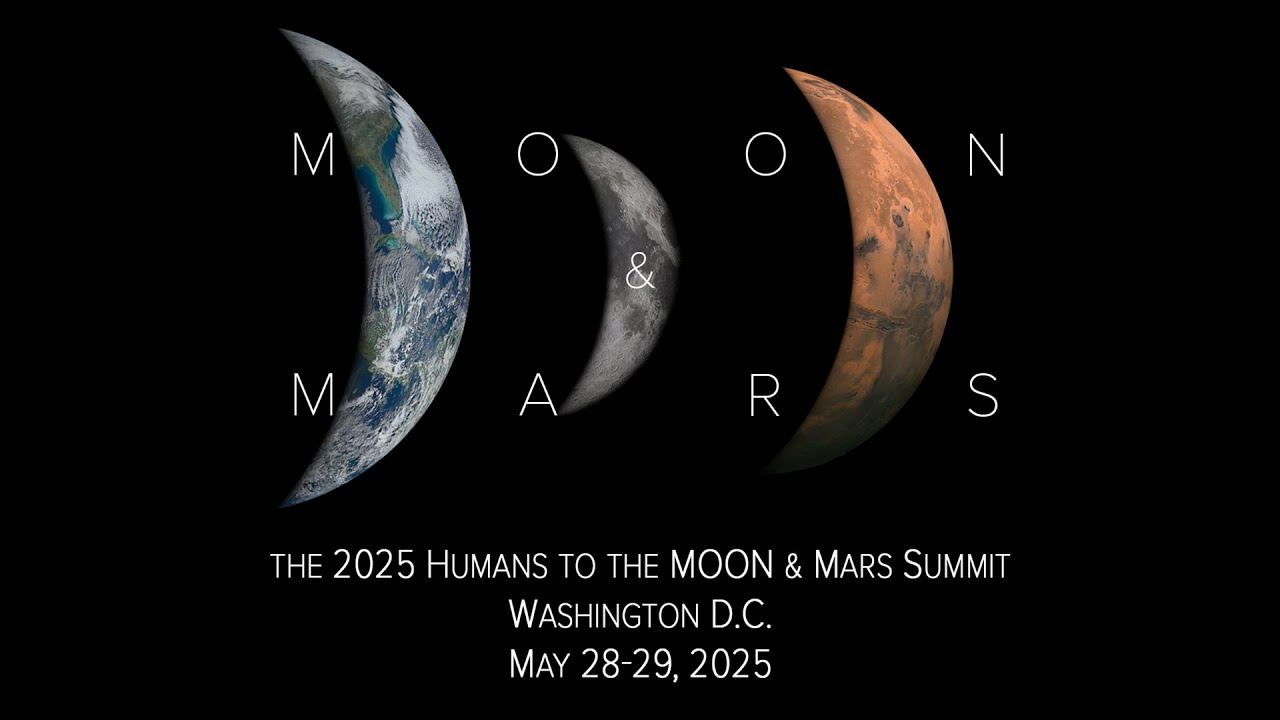
The 2025 Humans to the Moon & Mars Summit – Day 1 – YouTube Watch On Space leaders from around the world will touch down in the nation’s capital this week to explore the technologies, partnerships and policies needed for humanity’s return to the moon and the first crewed missions to Mars. The 2025 Humans…
-
New theory could finally make ‘quantum gravity’ a reality — and prove Einstein wrong

Physicists have developed a novel approach to solving one of the most persistent problems in theoretical physics: uniting gravity with the quantum world. In a recent paper published in the journal Reports on Progress in Physics, the scientists outline a reformulation of gravity that could lead to a fully quantum-compatible description — without invoking the…
-
China signs deal with Russia to build a power plant on the moon — potentially leaving the US in the dust

Russia has signed a deal with China to build a nuclear power plant on the moon. The Russian reactor will be used to power the International Lunar Research Station (ILRS), jointly led by China and Russia, and should be completed by 2036, according to a memorandum of cooperation signed by the two nations. The announcement…
-
New 8K-resolution photos of the sun show off incredible details of raging sunspots
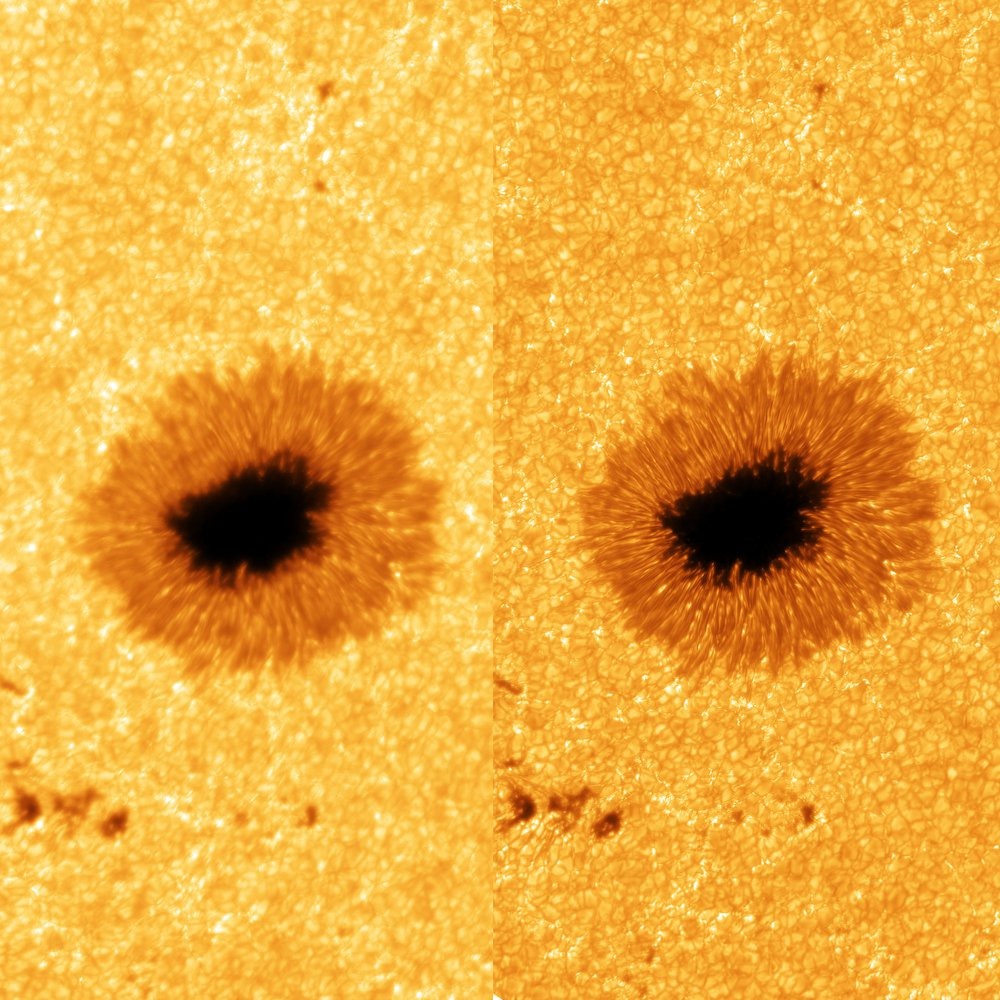
Incredible new images of the sun’s surface provide an unprecedented view of raging sunspots and solar activity. A new high-resolution camera system developed by the Leibniz Institute for Astrophysics Potsdam (AIP) for the Vacuum Tower Telescope (VTT), located at the Observatorio del Teide in Tenerife, reconstructed views of the sun with an 8K image resolution…
-
New 8K-resolution photos of the sun show off incredible details of raging sunspots

Incredible new images of the sun’s surface provide an unprecedented view of raging sunspots and solar activity. A new high-resolution camera system developed by the Leibniz Institute for Astrophysics Potsdam (AIP) for the Vacuum Tower Telescope (VTT), located at the Observatorio del Teide in Tenerife, reconstructed views of the sun with an 8K image resolution…
-
Space photo of the week: Violent galaxies seen ‘jousting’ near the dawn of time

If you get up before sunrise any day this month, you’ll see bright Venus rising in the east. Just below it, in the constellation Cetus (The Whale), something spectacularly violent is happening in the distant background: a “cosmic joust” between two giant galaxies. There, 11 billion light-years from Earth and close to the beginning of…